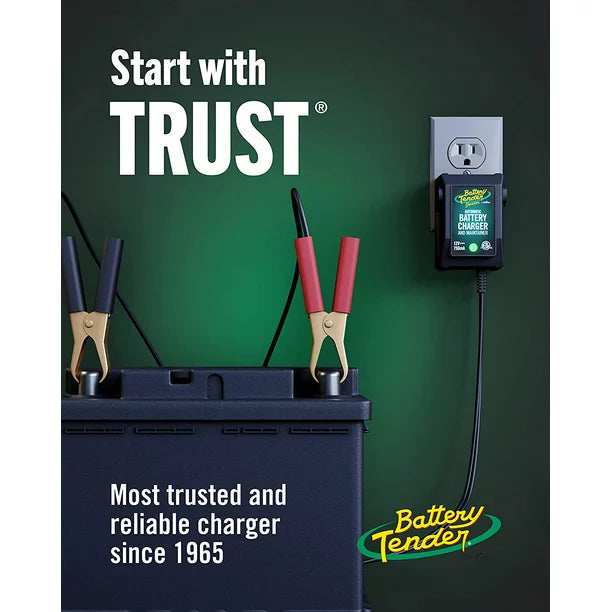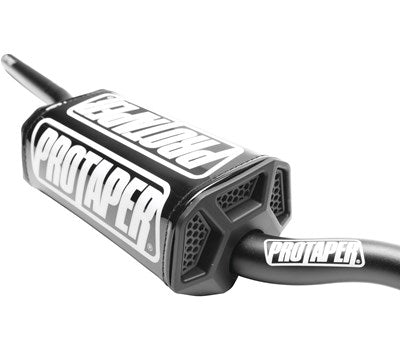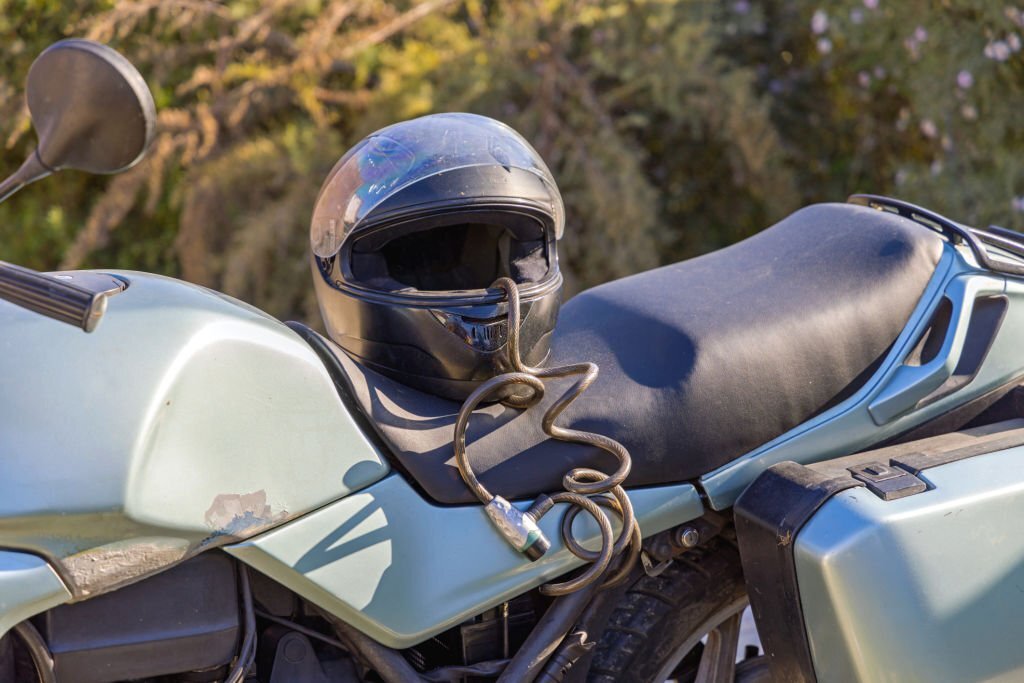When it comes to owning a motorcycle, maintaining its electrical system is paramount. In the heart of this system lies the powerhouse - the battery. Sometimes, the need for a motorcycle battery replacement arises. Whether it's because of a drained battery or to upgrade to a higher performance one, knowing how to replace a motorcycle battery can save you both time and a trip to the mechanic. Let's walk you through the process.
Tools and Preparation
Before you start, gather all necessary tools. You'll need a wrench or a socket set, gloves, and safety glasses. It's also a good idea to have your motorcycle's owner's manual at hand as different motorcycles have unique battery compartments.

Accessing the Battery
Usually, the battery can be found under the seat or behind a side panel. In most cases, you simply need to remove the seat or the side panel using your tools. Be careful not to damage any parts while doing this.
Removing the Old Battery
Before you start with battery removal, it's crucial to understand that connecting and disconnecting battery terminals in the wrong order can cause electrical shorts or even personal injury. Always start with the negative terminal. Why? Because it reduces the risk of a short circuit that can occur if the wrench touches the motorcycle frame while the positive terminal is still connected.
Remember: Always disconnect the negative terminal first, and connect it last when installing a new battery.
So, remove the negative terminal first. It's usually marked with a minus (-) sign and often has a black cable connected to it. After disconnecting the negative terminal, proceed to disconnect the positive terminal, which is typically marked with a plus (+) sign and often has a red cable.
Once both terminals are disconnected, you can now safely remove the old battery from its compartment.
Installing the New Battery
For the new battery installation, you essentially follow the removal steps in reverse. Position the new battery in the compartment, making sure it's correctly oriented and fits snugly. Then, connect the positive terminal first and the negative terminal last. Tighten the connections to ensure a solid electrical connection but be careful not to over-tighten, which can damage the battery posts.

Post Battery Replacement
After you've successfully replaced the battery, it's recommended to start your bike and check all electrical systems to ensure everything is functioning correctly. If your motorcycle starts and all the lights and indicators are working fine, then congratulations! You've just replaced your motorcycle battery.
For a detailed visual guide, have a look at our post on choosing the best motorcycle battery for your ride.
Jumpstarting a Dead Battery
What if you're on a trip and your motorcycle battery dies unexpectedly? Well, that's where knowing how to jumpstart a motorcycle comes in handy.
Before starting, make sure you have a pair of jumper cables and another vehicle with a functioning battery. This could be another motorcycle, a car, or even a portable jump starter. Remember, safety comes first - always wear gloves and safety glasses.
Here's a step-by-step guide:
-
Position the two vehicles close to each other, but ensure they're not touching. Turn off the ignition on both vehicles.
-
Connect one end of the red (positive) jumper cable to the positive terminal of the dead battery. Attach the other end to the positive terminal of the good battery.
-
Connect one end of the black (negative) jumper cable to the negative terminal of the good battery.
-
The other end of the black cable should then be connected to a grounded metal part of the motorcycle with the dead battery, away from the battery. This is done to prevent sparking near the battery.
-
Start the vehicle with the good battery and let it idle for a few minutes. This allows some charge to transfer to the dead battery.
-
Try starting your motorcycle. If it starts, let it run for a while with the cables connected. This ensures the alternator has time to start recharging the battery.
-
Finally, carefully remove the jumper cables in reverse order of attachment (black from the previously dead motorcycle, black from the good battery, red from the good battery, red from the previously dead motorcycle).
It's worth noting that jumpstarting is a temporary solution, and you should aim to charge the battery fully as soon as possible. For this, you can consider investing in a motorcycle battery charger for the optimal charging process.
What Happens If You Connect Battery Terminals in The Wrong Order?
We have stressed the importance of connecting and disconnecting the battery terminals in the correct order. But what happens if you don't?
Connecting the battery terminals in the wrong order can cause a spark. If the battery is leaking gases (which is often the case with a damaged or old battery), this spark can ignite the gases and cause an explosion. Also, it can potentially damage the motorcycle's electrical system.
Always remember, when replacing a motorcycle battery or jumpstarting one, it's 'Negative Off First, On Last' to keep you and your motorcycle safe.
In our next segment, we'll discuss tips on choosing a good replacement battery and explore different types of motorcycle batteries. Don't miss our post on the advantages of lithium-ion motorcycle batteries.





